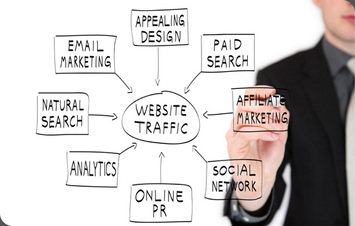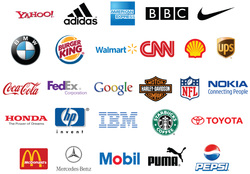
How have these successful companies—take your pick from the Fortune 500—found these branding companies? There’s no one-stop resource or fail-safe formula. Fact is, finding one worth its salt is exceedingly difficult. But if you’re going to take your brand to the next level, there’s no way around it—you need one. So, here are some things to remember when you’re out there on the hunt:
1. Know your needs and have an idea about how you’d like them met. This will give you the self-knowledge you need to better gauge the work of the branding agencies you'll encounter to determine if they really can deliver what you need.
2. Go ahead, be a fan. If you admire the branding efforts of a certain company, call around and find out who did the work.
3. Go with a referral, not a blind hire. Canvass your contacts. This is always better than hiring someone with no frame of common reference. If they left a favorable impression on one person, chances are it’s a trend, not an exception.
4. Throw a few companies a bone & see what they do with it. Give them a general question or problem scenario. See how responsive they are and how much time it appears they put into crafting their response. This isn't the same as asking for free or speculative work, which is bad form. Don’t do that. Rather, this should give you a preview to how they think and their work ethic…and whether they would really value your business and do a good job for you.
5. Money isn't taboo. Once you’ve found a company you’d like to work with, discuss it from the outset. It’s better to agree on financial terms from the start than for either of you to be in a precarious position somewhere down the line. This may start with a simple question, like: “What’s your budget?” or “What would you typically charge for this kind of work?” If they ask you, give a number if you one in mind, but don’t pull it out of nowhere. Be sure you’ve educated yourself on the costs involved with the kind of work you need, and don’t expect them to give you a discount just because you have kind eyes. If you ask them, try to be specific. Ask how much it cost to produce a specific project in their portfolio.
Good Luck; Good Branding
Tuxedo Branding Blog Administrator









 RSS Feed
RSS Feed
